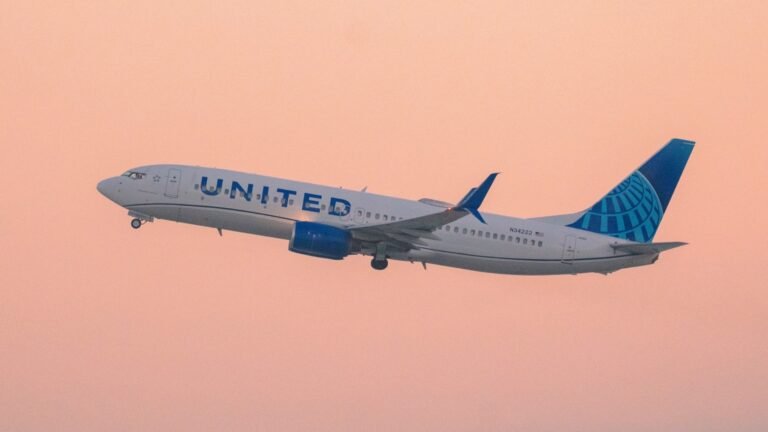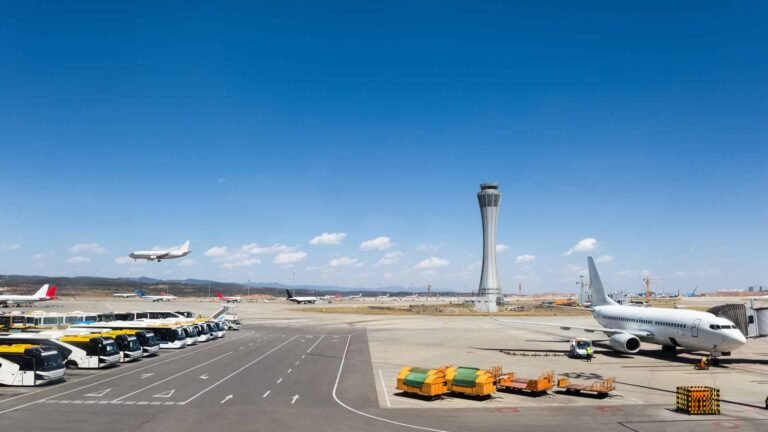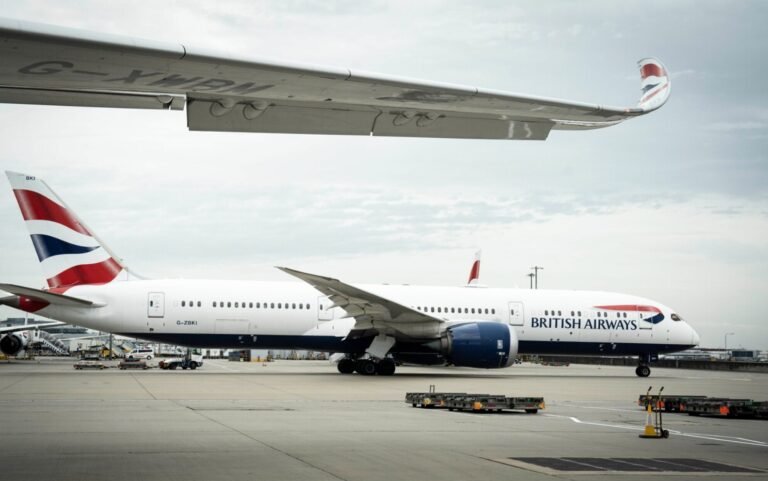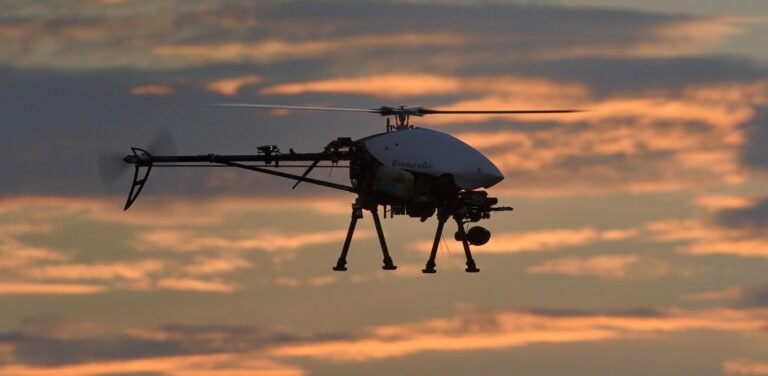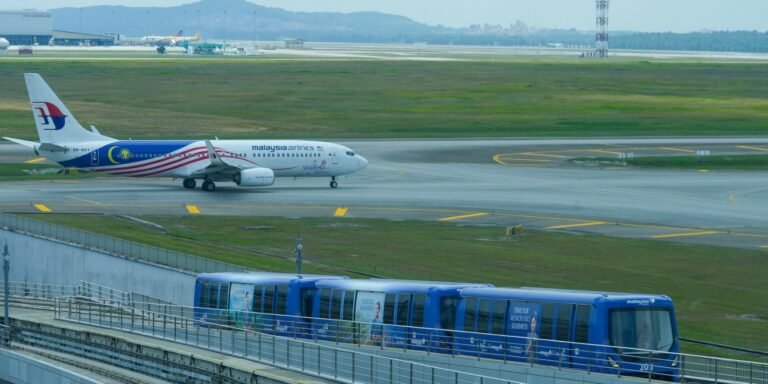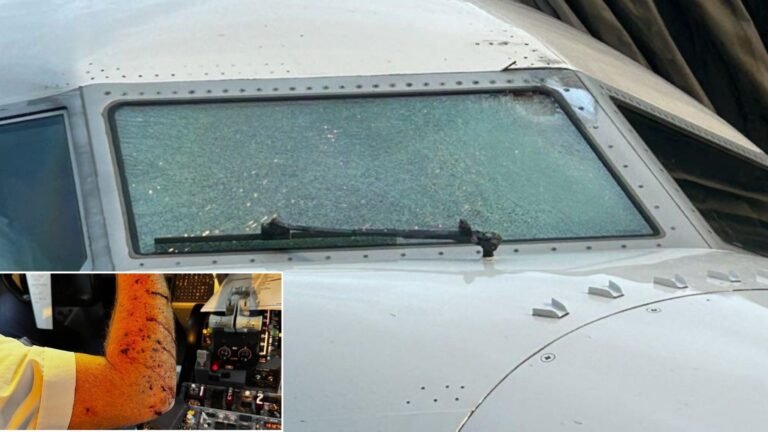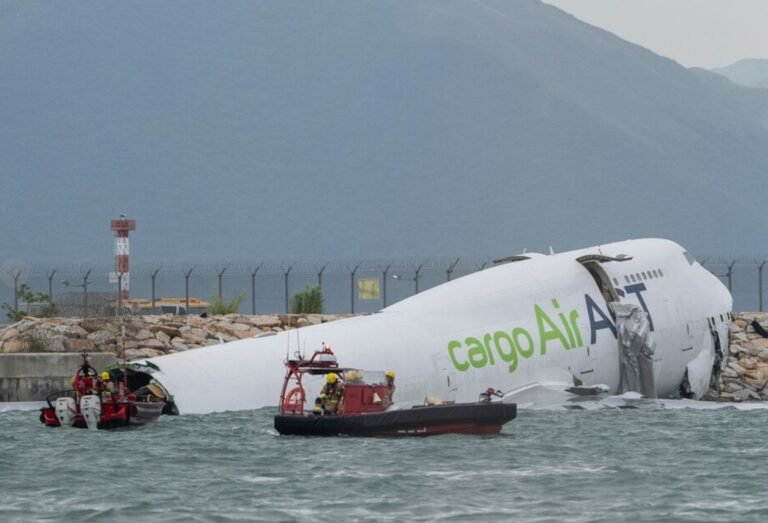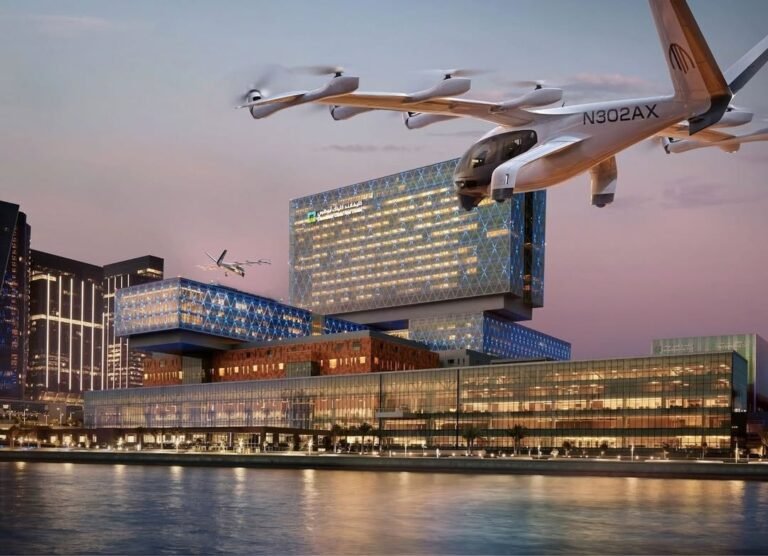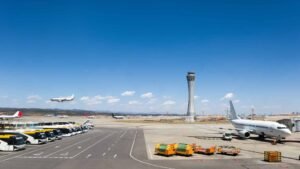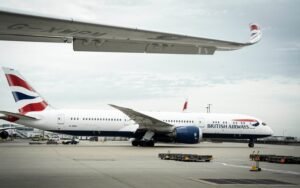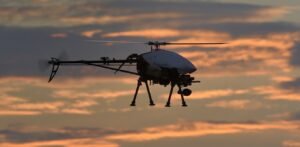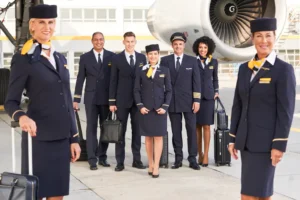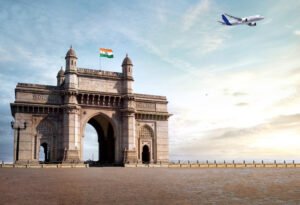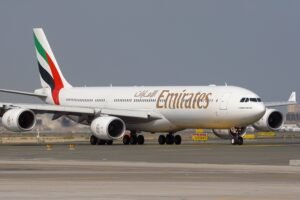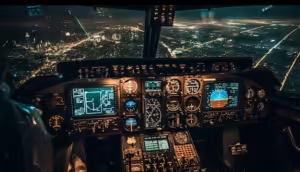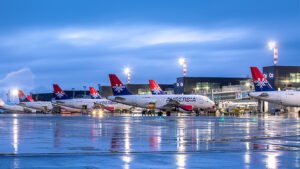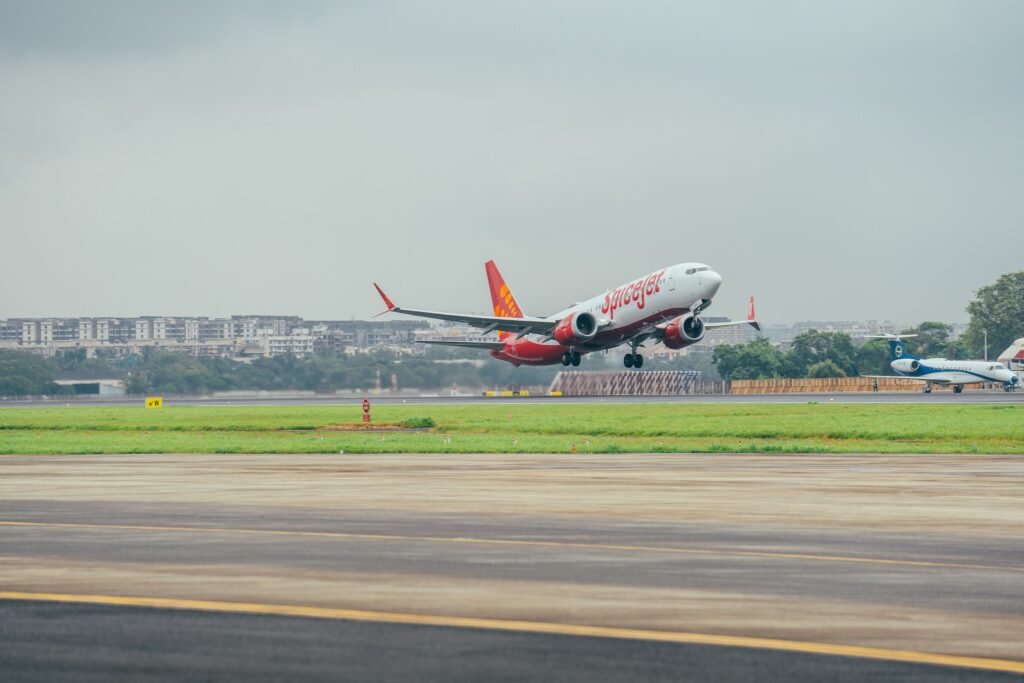
New Delhi, India: The GST Council on September 3, 2025, announced a revised two-tier GST structure, set to come into effect from September 22, 2025, impacting air travel and luxury services. Under the new system, most goods and services will attract either 5% or 18% GST, while select luxury and “sin” items will be taxed at 40%.
For air travel, the changes are as follows:
- Economy class tickets: Continue at 5% GST, unchanged from previous rates.
- Premium economy, business, and first-class tickets: Previously taxed at 12% GST, these fares will now attract 18% GST, increasing the cost for premium travelers.
- For example, a business class ticket booked on September 4, 2025, for travel on September 24, 2025, will attract the old 12% GST, while the same ticket booked on or after September 23, 2025, will incur the new 18% GST.
The Finance Ministry clarified under Section 14(a)(i) of the CGST Act, 2017, that GST liability is determined by the time of supply:
- If goods or services are supplied before the rate change but invoiced afterward, GST depends on the time of supply.
- Payment after the rate change: time of supply is the earlier of the invoice date or payment receipt date.
- Payment before the rate change: time of supply is the payment receipt date.
The GST on private jets, helicopters, yachts, and pleasure vessels has increased from an effective 31% (28% GST + 3% cess) to a flat 40% GST, eliminating the cess and raising costs for high-end travelers and operators.
According to PTI, The International Air Transport Association (IATA) expressed disappointment over the increase in GST on non-economy travel. “Aviation has significant potential to boost India’s economy, both through airline growth and improved connectivity. It is therefore disappointing to increase GST on non-economy travel without clear justification,” said Sheldon Hee, IATA’s Asia Pacific regional vice-president. He added that the tax on premium travel has more than doubled since 2017 and warned that such increases could dampen demand and affect airline profitability, especially since premium travelers often determine a route’s viability.
Airlines are expected to pass on the higher GST to passengers, making premium tickets more expensive. Meanwhile, economy travelers benefit from stable fares, with GST unchanged at 5%. The revised structure aims to simplify taxation while ensuring that revenue from luxury and non-essential services contributes to public finances.

